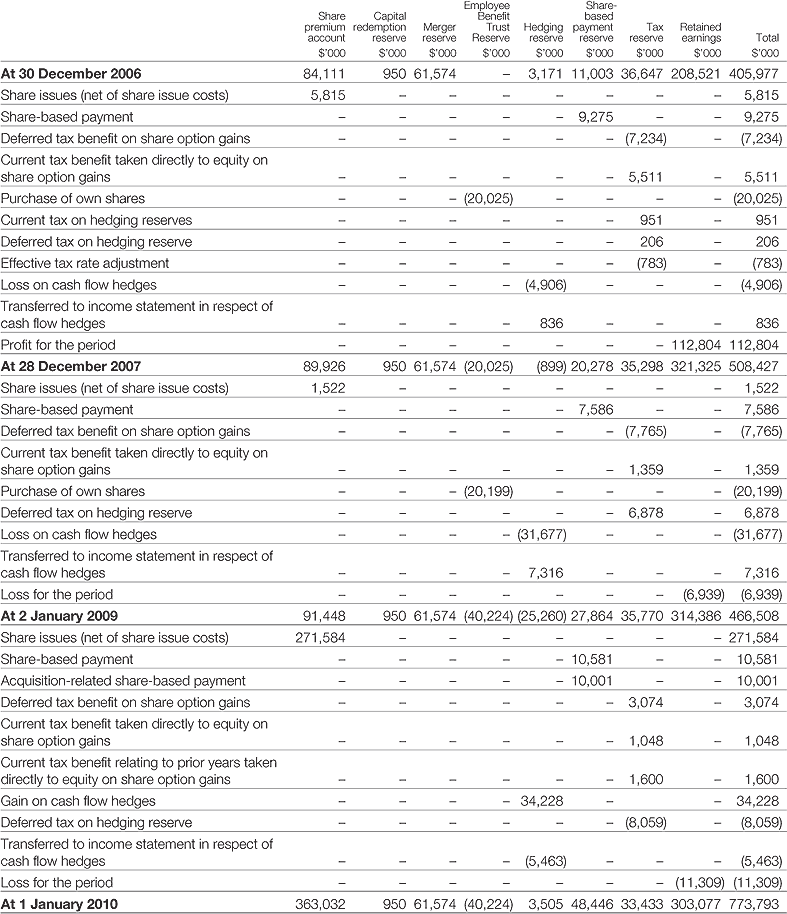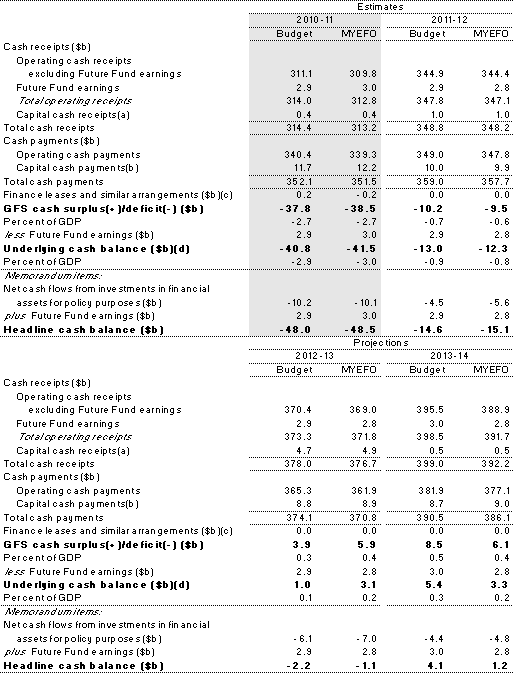Gains Losses on Statment of Cash Flows
Post on: 29 Июль, 2015 No Comment

Purchase of a Fixed Asset :
When you purchase equipment, a vehicle, a building, or land, you are making an investment in the long-term future of your company. You plan to use this newly purchased asset for more than one year (or one business cycle). Therefore, it is classified as a Fixed Asset, rather than as a Current Asset on your Balance Sheet.
Such investments are not expensed when purchased. Instead, they are treated either as an exchange of one asset for another (cash for equipment), or as a liability for an aset (mortgage payable for building; note payable for vehicle or land).
Whether the purchase is made using cash or credit, the entire transaction affects only Balance Sheet accounts. Nothing is shown on the Income Statement at this time. There is, however, an outflow of cash — either at the time of a cash purchase, or when the Account/Note/Mortgage Payable is decreased by a payment. This outflow of cash must be reflected on the Statement of Cash Flows in the Investing Activities section as the cash actually leaves our hands .
Expensing the Value of a Fixed Asset Over Time:
During the life of the fixed asset, we wish to expense off the wear and tear on the asset — the theoretical reduction in value because we have used (gotten some benefit from) it in the course of operations. Under the Matching Principle, we recognize this wear and tear as Depreciation Expense in the period in which we use up that portion of the historical cost of the asset. (Note: land is never depreciated.)
GAAP and IRS regulations provide several depreciaiton methods we can use to transfer these costs to the Income Statement as an expense. Unless told otherwise, in ACCT 2302 we will assume straight-line depreciation, in which the same amount is written off (expensed) each period as Depreciation Expense.
Each transaction must have at least one debit and one credit entry (double-entry accounting). Further, our debits must equal our credits. We will debit Depreciation Expense, as it has a debit normal balance. The credit side of this transaction goes to an Accumulated Depreciation contra-asset account associated with the asset in question.
There is no cash flow here, as the cash changed hands earlier, when the asset was purchased or payments were made on account. Therefore, on the Statement of Cash Flows, this non-cash transaction must be added back to Net Income in the Operating Activities section. We are, in effect, reversing the Depreciation Expense that was deducted from Revenues as part of the operating expenses on the Income Statement, in order to adjust Net Income back to a cash basis on the Statement of Cash Flows.
Since we are adjusting Net Income for the non-cash expense by adding back Depreciation Expense, there is no need to address Accumulated Depreciation on the Statement of Cash Flows. To do so would mean double-dipping or adjusting Net Income twice for the same transaction.
The Accumulated Depreciation contra-asset account is merely used on the Balance Sheet to keep a record of how much of the historical cost (original purchase price) of the asset has been expensed off over the life of the equipmen/vehicle/building. The difference between the asset and its contra-asset account is shown only on the Balance Sheet, as the net book value of the asset account. This represents the approximate value left in the asset — the portion we have not already expensed and used as a tax deduction via the Income Statement and Net Income.
Sale of an asset:
When we sell a fixed asset, we recognize either an immediate inflow of cash (reduce Equipment/Vehicle/Building/Land account with a credit; increase Cash with a debit) or an increase (debit) in the appropriate Receivable account (both appearing on the Balance Sheet).
We originally recorded the purchase of this fixed asset on the Statement of Cash Flows as an outflow in the Investment Activities section when actual payment was made. We must now show the inflow of cash (at the time it is actually received) for proceeds of the sale in the same Investing Activities section of the Statement of Cash Flows. We had an investment in the form of equipment/vehicles/ building/land, etc. — now we have cash, but no longer hold that investment. (Note that land is never depreciated, so we only record outflow for purchase and inflow from proceeds of sale on the Statement of Cash Flows. Any gains or losses on the transaction are also shown if using the indirect method of preparing the statement, as described below.)

Gain or Loss on Disposal of Fixed Asset:
Remember that when we dispose of an asset, whether by selling inventory or selling/retiring equipment/vehicles/buildings/land, we must remove the entire historical cost from the asset account. We no longer own that property, so cannot continue to carry it on the Balance Sheet. We record this by crediting (reducing) the asset account. We must also remove the contra-asset (if any) Accumulated Depreciation for that particular asset from the Balance Sheet. Therefore, we reduce (debit) Accumulated Depreciation by the amount which has been expensed off over the life of the asset.
Quite often there is a discrepancy between the proceeds of the sale and the net book value of the asset in question (asset less accumulated depreciation). Since our debits MUST equal our credits, we record the amount of this difference as a gain or loss on the disposal of the asset. Note that this is another non-cash transaction. We are simply recording the fact that we disposed of the item for more (gain) or less (loss) than the remaining net book value carried on our books. This entry allows us to balance the proceeds against the reduction in assets and accumulated depreciation. No cash is changing hands during this adjusting entry.
GAAP and the IRS require that any gain (loss) be shown on the Income Statement as an adjustment to Net Income. This has the effect of increasing (gain) or decreasing (loss) our taxable income, even though no cash changes hands at this time. We are, in effect, adjusting for Depreciation Expense recognized earlier, then recovered (gain), or not yet recognized (loss).
Since this portion of the transaction is non-cash, when preparing the Statement of Cash Flows by the indirect method. we must reverse this amount out of Net Income by adding (for loss) or deducting (for gain) in the Operating Activities section of the Statement of Cash Flows.
Gains and losses are dealt with in the Operating Activities segment because this is where we are adjusting Net Income from accrual- basis back to cash-basis. The Investing and Financing Activities segments of the Statement of Cash Flows are used to record inflows and outflows of cash that never appear on the Income Statement, so never affect Net Income (such as inflow from proceeds of sale).
Please note that in your text the statement is made that the amount of any loss or gain is irrelevant. This passage refers to the direct method of preparing the Statement of Cash Flows, under which gains and losses are not recorded. This method actually re-creates all cash-based transactions, and does not attempt to reconcile Net Income back to cash-basis. In the indirect method, which is most commoly used in practice, gains and losses must be addressed.














